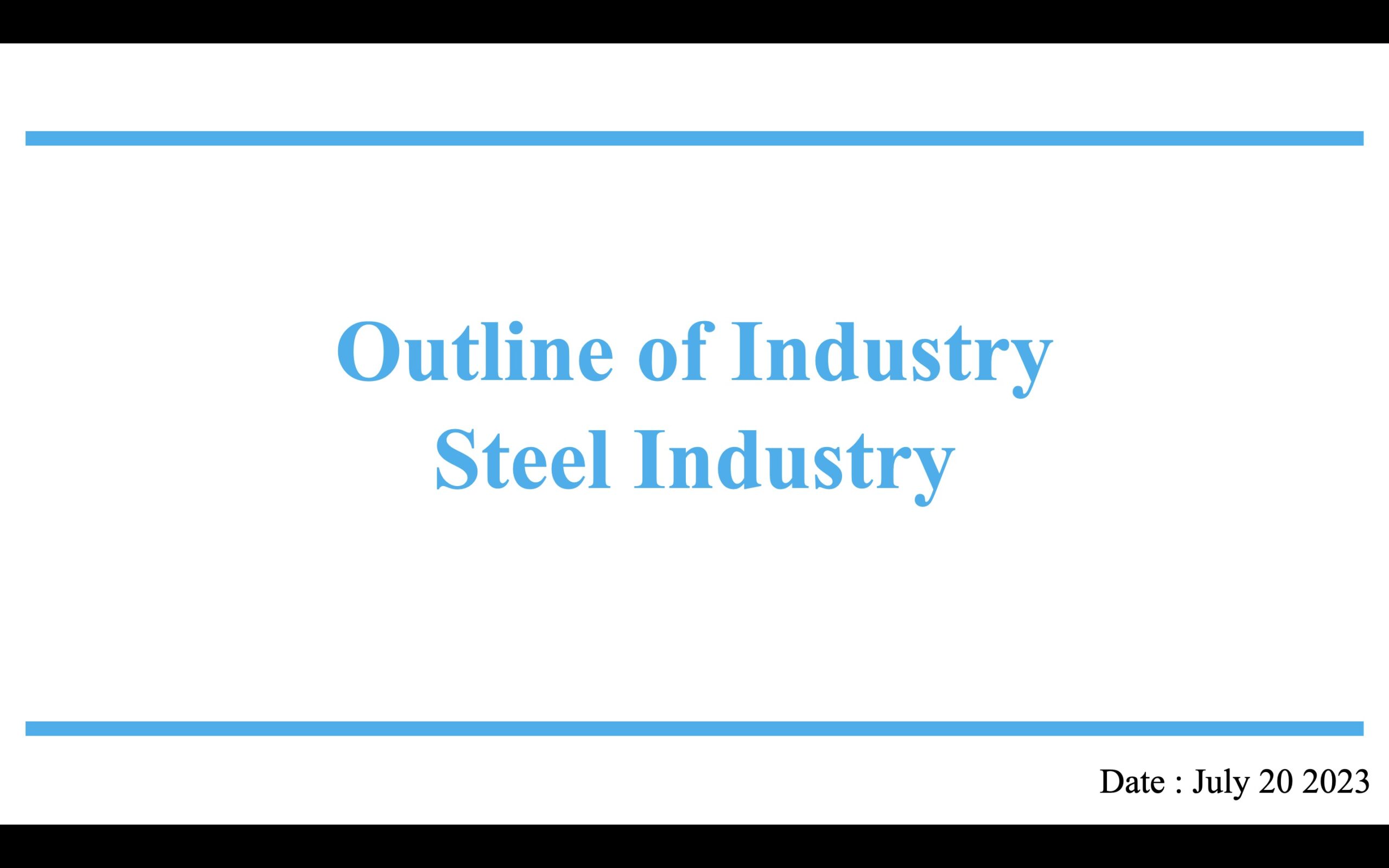The steel industry is a crucial sector of the global economy, producing a wide range of steel products that are essential for modern infrastructure, construction, and transportation. Steel is used in the production of everything from cars and trains, to buildings and bridges, making it an essential material for modern society.
Despite its importance, the steel industry faces a number of challenges, including concerns about environmental impact, competition from alternative materials, and declining demand for certain steel products. To address these challenges, the industry has embraced a number of innovations and new technologies, including the use of more sustainable raw materials, the development of new products, and the implementation of more efficient production processes.
One of the key challenges facing the steel industry is the environmental impact of steel production. The production of steel involves the use of large amounts of energy and raw materials, and can result in significant emissions of greenhouse gases and air and water pollution. To address these concerns, the industry has embraced a number of new technologies and practices to reduce the environmental impact of steel production, including the use of more sustainable raw materials, such as recycled steel, and the implementation of more efficient production processes.
Another challenge facing the steel industry is competition from alternative materials, such as aluminum and composites. With the increasing popularity of these materials, demand for steel products has declined in certain markets, leading to increased competition from alternative materials. To address this challenge, the industry has developed new products, such as high-strength steel, and has embraced new technologies, such as advanced steelmaking processes, to remain competitive and relevant in the changing market.
Finally, the steel industry faces the challenge of declining demand for certain steel products, such as long steel products. As construction and infrastructure markets continue to evolve, demand for certain steel products is expected to decline, putting pressure on the industry to find new and innovative ways to meet the changing needs of the market. To address this challenge, the industry is investing in new product development, marketing and outreach, and the implementation of more efficient production processes, to remain competitive and relevant in the changing market.
To address these challenges and ensure the future of the steel industry, there are a number of steps that can be taken. First, the industry can embrace more sustainable practices and technologies, such as the use of recycled steel and the implementation of more efficient production processes. Additionally, the industry can work to promote the use of steel and steel-based products, through marketing and outreach efforts, to increase demand and ensure its long-term viability. Finally, the industry can continue to invest in new product development and the implementation of new technologies, such as advanced steelmaking processes, to remain competitive and relevant in the changing market.
In conclusion, the steel industry is a critical component of the global economy, producing a wide range of steel products that are essential for modern infrastructure, construction, and transportation. Despite the many challenges facing the industry, there are a number of steps that can be taken to ensure its future, including the embrace of more sustainable practices and technologies, the promotion of steel and steel-based products, and continued investment in new product development and technology. By addressing these challenges, the steel industry can continue to play an important role in supporting the needs of modern society and driving innovation in the production of steel and steel-based products.



Comment